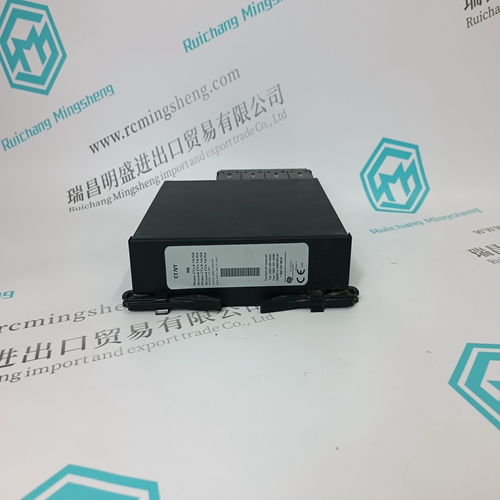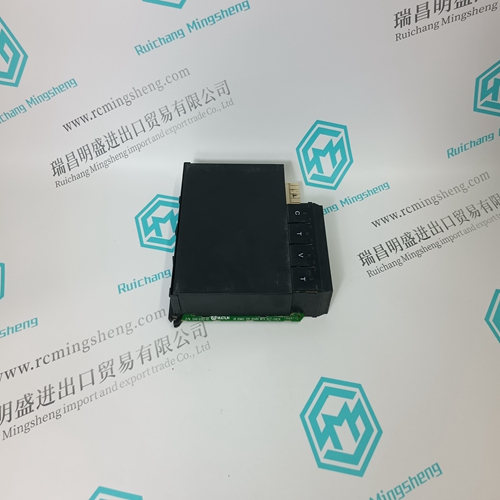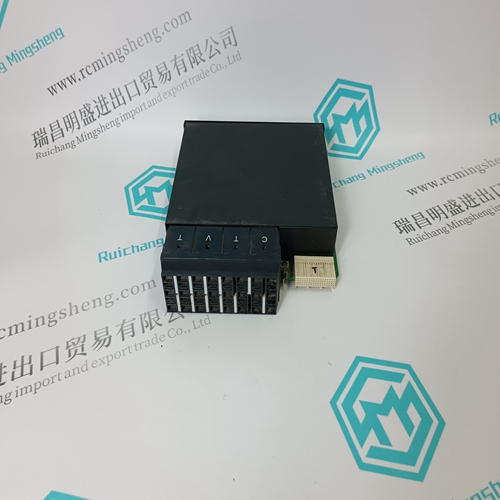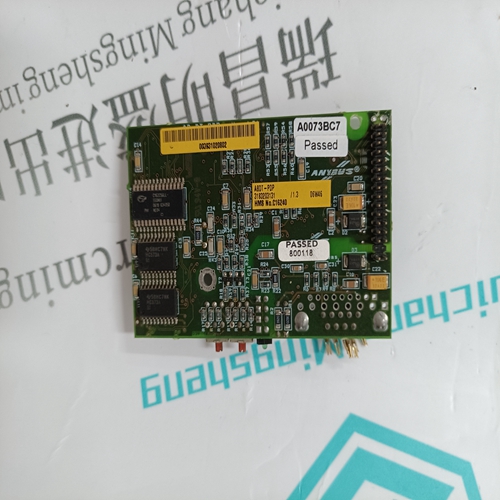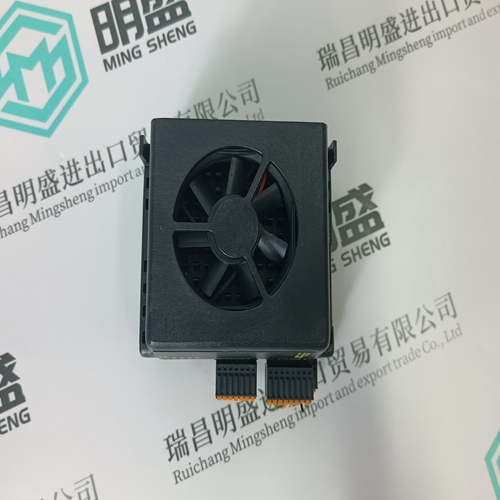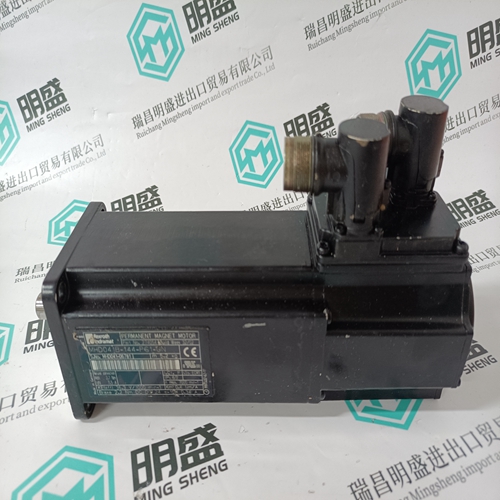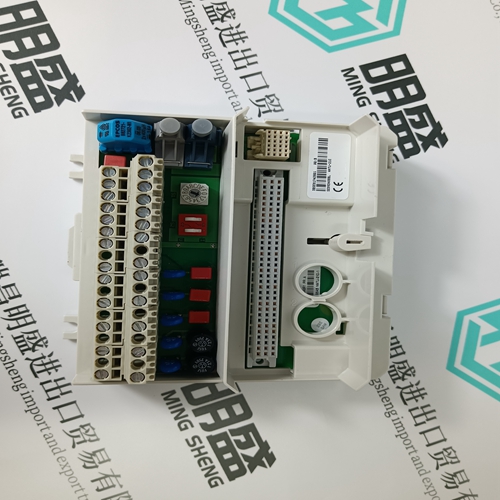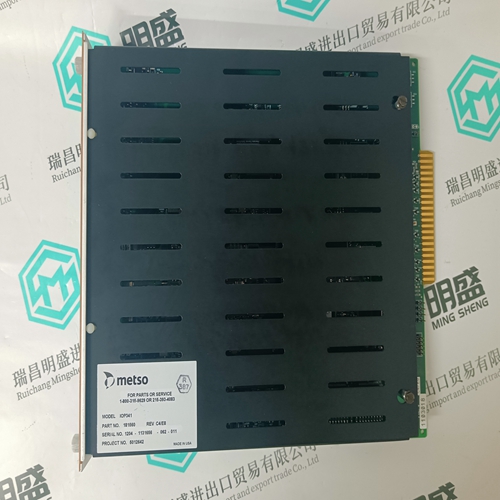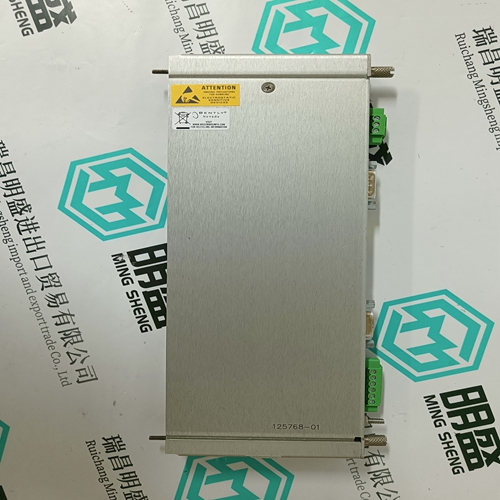Home > Product > Gas turbine system > UR8NH Relay
UR8NH Relay
- Product ID: UR8NH
- Brand: GE
- Place of origin: the United States
- Goods status: new/used
- Delivery date: stock
- The quality assurance period: 365 days
- Phone/WhatsApp/WeChat:+86 15270269218
- Email:stodcdcs@gmail.com
- Tags:UR8NHRelay
- Get the latest price:Click to consult
The main products
Spare parts spare parts, the DCS control system of PLC system and the robot system spare parts,
Brand advantage: Allen Bradley, BentlyNevada, ABB, Emerson Ovation, Honeywell DCS, Rockwell ICS Triplex, FOXBORO, Schneider PLC, GE Fanuc, Motorola, HIMA, TRICONEX, Prosoft etc. Various kinds of imported industrial parts
UR8NH Relay
Filtering of incoming power supply lines. Normally the power supply lines in the control cabinet are not shielded. Therefore they must be routed outside the HT cable shield to avoid that the sensitive data lines are disturbed by the other lines (e.g. power supply lines). 4.1 Shield Connections The cable shield of the HT cable can be considered as extension of the HT shield housing to the shield housing of the communication partner (e.g.: PLC). In this way the shield connections of the cable shield to the shields of the devices essentially contribute to the immunity to interferences of the HT. Connections to ground are not required for shield connections. For the shield connection in the HT the cable clamp on the connection board is used.At the PLC connector and in case of adapter plugs, connect the shield directly to the connector housing: Metallized D-SUB connector housing Connect shield directly to connector housing using the cable clip Correct shield connection in connector housing (e.g. PLC connector or adapter plug) Pig tails to connect the shield to the pins or terminals are not suitable. The inductivity of such pig tails represents a high-ohmic resistance for high-frequency interferences. This seems to interrupt the cable shield. In this case interferences are not absorbed any more but directly affect the inner lines.
Shielding inside the Control Cabinet
In many cases, several interference sources exist in the control cabinet, such as servo drive modules, transformers, contactors and relays. Therefore it is necessary to continue the cable shield from the connector shell (control cabinet) up to the PLC (continuous connection from handheld terminal up to PLC). This continuous connection is realised through the connection of the connector shell to the flange socket of the control cabinet, and inside the control cabinet through the connection of the cable shield to the control cabinet (using cable clips). The smaller the distance between connection of connector shell on the control cabinet and the cable clip of the control cabinet is, the better the shield damping will be.
Shield connections should only be realised with appropriate connectors enabling a large surface contact area. Shield connections with cable clamps affect the shield damping. However the damping might still be sufficient for interference signals occurring in the industrial environment. In all circumstances, avoid a shield connection via pig tails. In this case the shield damping of the HT cable would be reduced to insufficient values.
